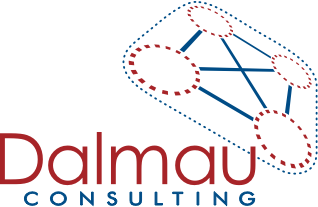This is the third part in a series of 4 articles on a step by step guide to improving conversations with your team. After you have thoroughly prepared and got the conversation underway there are 4 important aspects to actually guiding conversations with your team. These include,
- Check existing knowledge
- Identify the gaps
- Provide information
- Check for understanding – probing
In addition, some facilitation tips for this stage of the conversation follow.
An important principle to keep front of mind when guiding conversations with your team is that, questions are more powerful than statements
To begin, check the existing knowledge of the group (though questions).
For example:
What do we already know about this issue?
What are the other issues that might be linked to this?
What is important about the current situation regarding …?
What do we need to pay attention to if we want to improve the way we tackle this sorts of issues?
Identify the gaps in knowledge and understanding
For example:
What is it that we don’t know about this issue?
What do we need to learn or know more about?
What is it that we haven’t covered that we should cover?
How would we know if we were performing better as a team with respect to this issue?
Provide information
Present information to provide context for the issue and fill the knowledge gaps .
Some guiding principles:
- be familiar with the material before you come to the meeting
- identify what the top 3 messages are for the group (ie if people only remember 3 things from the material you cover – what would they be?)
- If these important points have not be covered in the discussion already write the 3 key messages on the board or flip chart and talk to each one using everyday language (not jargon)
- do not read information to the group
Check for understanding:
Example: So what is still unclear about this issue?
In everyday speak – “we need to make sure we are all on the same page”
You do this by asking questions of clarification, using probing questions to constantly checking for understanding.
- So when Tom says ….. what do we think he means?
- What, how or when specifically?
- When I say …. I assume …..
- What I heard you say was…. Did I get that right?
- “The other shift never leaves the workshop clean and tidy.” To test if this is a generalization, you can say, “they never..?”
Facilitation tips
Focus and flow
Short meetings need a higher degree of control by the leader or facilitator. You get this by,
- Using more credible than approachable patterns
- Using the board or flip chart to write up key points
- keeping the conversation focused (re-focus group by stating, “we are off track” and bring them back to the question)
Participation
Use people’s names and invite the quiet ones into the conversation.
- Eg. “I am sure John has something useful to add” or “What is it that you are thinking Mike?”
Time
Keep your eye on the time – Do not go over time, without seeking permission of the group.
Jill Tideman







